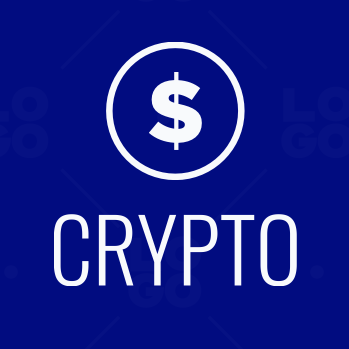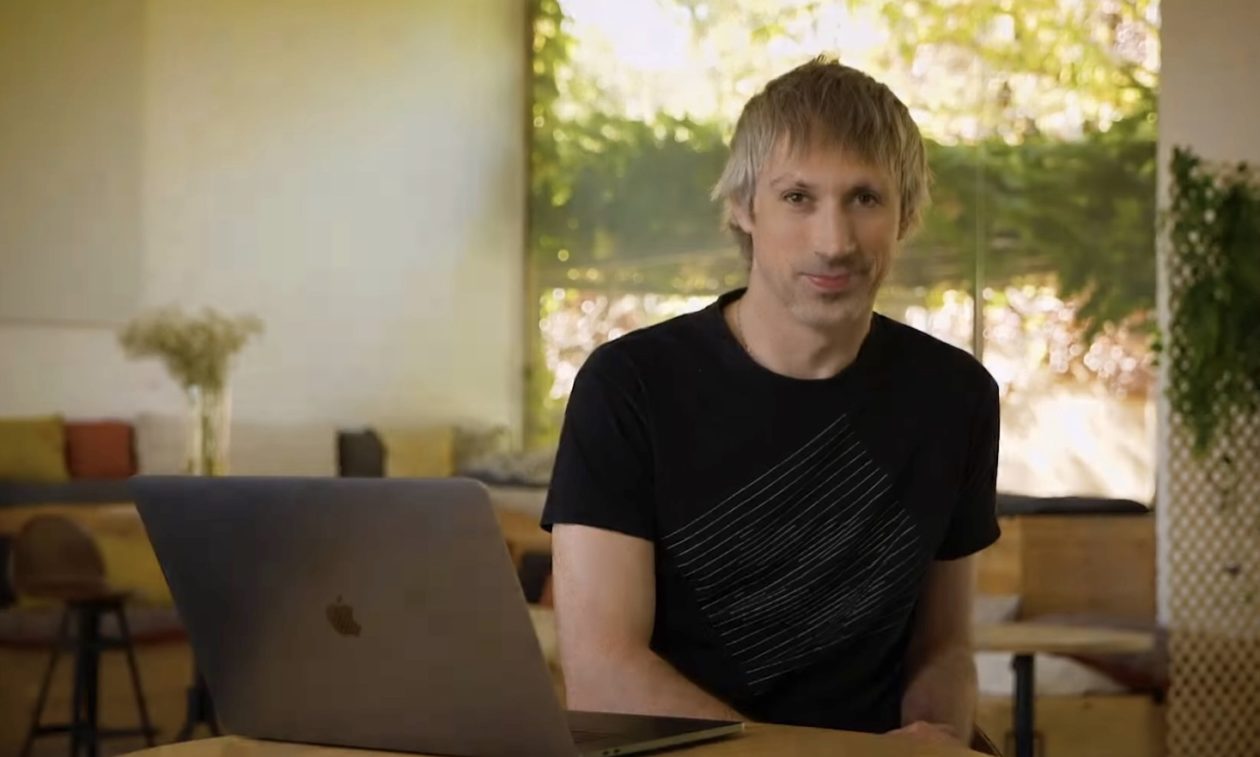3 Key Takeaways
- DEXs are mainstream in 2025, offering improved speed, security, and usability compared to early versions.
- Self-custody is non-negotiable — mastering wallet setup and security is essential to use decentralized exchanges safely.
- By 2026, DEXs will integrate cross-chain, AI, and privacy tech, redefining how global finance operates.
How to Use Decentralized Exchanges in 2025: A Smarter, Safer Way to Trade Crypto
As the crypto market matures into 2025 and 2026, one reality has become clear: decentralized exchanges (DEXs) are no longer just an experimental alternative — they are a cornerstone of the next generation of digital finance. With improved user experience, lower fees, and greater control over personal funds, DEXs represent a fundamental shift away from centralized control toward true financial self-sovereignty.
But how exactly can investors use decentralized exchanges effectively and safely today? And how are DEX platforms evolving as regulation, scalability, and technology reshape the landscape over the next two years?
Let’s unpack how to navigate this rapidly developing ecosystem — and why knowing how to use decentralized exchanges is becoming an essential financial skill for 2025 and beyond.
The Rise of the DEX Era
In 2019, using a decentralized exchange often meant slow transaction speeds, confusing interfaces, and limited liquidity. Fast-forward to 2025, and the picture looks entirely different.
Leading DEXs like Uniswap v4, dYdX v5, PancakeSwap, and Curve Finance now rival centralized exchanges (CEXs) in both liquidity depth and ease of use. Layer-2 networks such as Arbitrum, Optimism, and Base have dramatically lowered gas costs, while cross-chain protocols have made swapping assets between blockchains far smoother.
More importantly, the collapse of several major centralized exchanges between 2022 and 2023 triggered a global rethink of custodial risk. Traders and investors have realized that “not your keys, not your coins” is more than a slogan — it’s a survival rule.
This cultural shift has driven millions of users to learn how to trade on decentralized platforms where you retain custody of your assets at all times.
Getting Started: How to Use Decentralized Exchanges
Using a DEX in 2025 is both simpler and more sophisticated than ever before. While interfaces have improved, understanding how they work remains vital to trading safely and effectively.
Here’s what using a DEX generally involves:
1. Set Up a Wallet
You’ll need a non-custodial wallet — such as MetaMask, Trust Wallet, or Coinbase Wallet — that supports your preferred blockchain. In 2025, multi-chain wallets now automatically connect to dozens of blockchains, reducing friction for cross-asset trading.
Always secure your seed phrase offline; recovery tools are improving, but wallet security remains entirely in your hands.
2. Connect to a DEX Platform
When visiting a decentralized exchange, click “Connect Wallet.” You’ll confirm the connection from your wallet, giving the DEX permission to interact with your assets — not to control them.
Each transaction you make is signed and executed on the blockchain, ensuring transparency and traceability.
3. Swap or Provide Liquidity
The two core functions of most DEXs remain:
- Swapping tokens: Instantly exchanging one asset for another.
- Providing liquidity: Contributing token pairs to liquidity pools in exchange for trading fees and, sometimes, governance tokens.
In 2025, automated market makers (AMMs) have become smarter, using AI-based routing to optimize price discovery and reduce slippage.
4. Confirm and Track Transactions
Once a trade is confirmed, it appears on the blockchain within seconds. You can track it via explorers like Etherscan or Arbiscan. Many DEX interfaces now display real-time confirmations and estimated fees directly in the app.
Beyond Trading: The Expanding Utility of DEXs
By 2026, decentralized exchanges are evolving far beyond simple token swaps. Several new capabilities are emerging:
- Cross-chain swaps via interoperability protocols such as LayerZero and Wormhole, allowing direct trades between ecosystems like Ethereum, Solana, and Bitcoin Layer-2 networks.
- Decentralized perpetuals and options trading, pioneered by dYdX and GMX, offering advanced instruments without centralized intermediaries.
- DEX aggregators like 1inch and Matcha, which automatically scan multiple exchanges to get users the best price.
- On-chain limit orders, now standard on leading platforms, allowing more control for traders accustomed to CEX features.
As these tools mature, DEXs are transforming into comprehensive financial ecosystems, rivaling — and in some ways surpassing — traditional exchanges.
Security and Regulation in 2025–2026
While decentralized exchanges grant autonomy, they also demand responsibility. The security model of DEXs relies on smart contracts — and even in 2025, code vulnerabilities remain a risk.
However, auditing practices have grown far more rigorous. Platforms regularly undergo third-party audits and maintain bug bounty programs to detect flaws early. Meanwhile, on-chain insurance protocols such as Nexus Mutual are increasingly integrated into DEX interfaces, allowing users to protect liquidity positions against contract failures.
On the regulatory front, 2025 marks a turning point. Governments are beginning to differentiate between self-custodial trading and centralized service providers, with jurisdictions like the EU, Singapore, and the UAE introducing frameworks that recognize decentralized protocols as neutral infrastructure.
This regulatory clarity is attracting more institutional players, who now use DEXs for on-chain settlement, hedging, and liquidity provision — helping the market mature without undermining decentralization principles.
The Future of Decentralized Exchanges
Looking ahead to 2026, decentralized exchanges will likely evolve into modular trading networks — not just apps. Expect:
- Seamless wallet-to-wallet swaps integrated into social platforms and AI assistants.
- Greater privacy through zero-knowledge proof (ZKP) technologies, giving users verifiable anonymity.
- More synthetic asset trading, bridging on-chain and real-world finance.
This next generation of DEXs won’t just compete with centralized platforms — it will redefine the architecture of financial markets, where every transaction is verifiable, user-controlled, and globally accessible.
Conclusion: Decentralization Is Becoming the Default
In 2025, learning how to use decentralized exchanges is more than a technical skill — it’s an act of financial empowerment. As the crypto industry moves toward mainstream adoption and greater regulatory maturity, DEXs offer a compelling blend of transparency, autonomy, and innovation that centralized platforms can’t match.
By 2026, the distinction between “traditional” and “decentralized” exchanges will blur, and self-custodial trading could become the default mode of crypto engagement.
For users, the message is simple: the earlier you understand how to navigate DEXs — securely, strategically, and confidently — the better positioned you’ll be in the financial ecosystems of tomorrow.




